When life begins, both within and outside the womb, continues to be a question thrust upon the courts. This month, eight out of nine justices in the Alabama Supreme Court ruled that under state law, frozen embryos qualify as children, making them applicable to the statutes related to the wrongful death of minors.
Accident Led to Loss of Frozen Embryos

An incident occurred in December 2020 when an individual mishandled frozen embryos, causing them to fall from a cryogenic storage device. This accident was not the only one of its kind in the history of assisted reproductive technologies since the first successful pregnancy resulted from the transfer of a frozen embryo in 1983.
Case Initiated by IVF Patients Whose Embryos Were Accidentally Destroyed
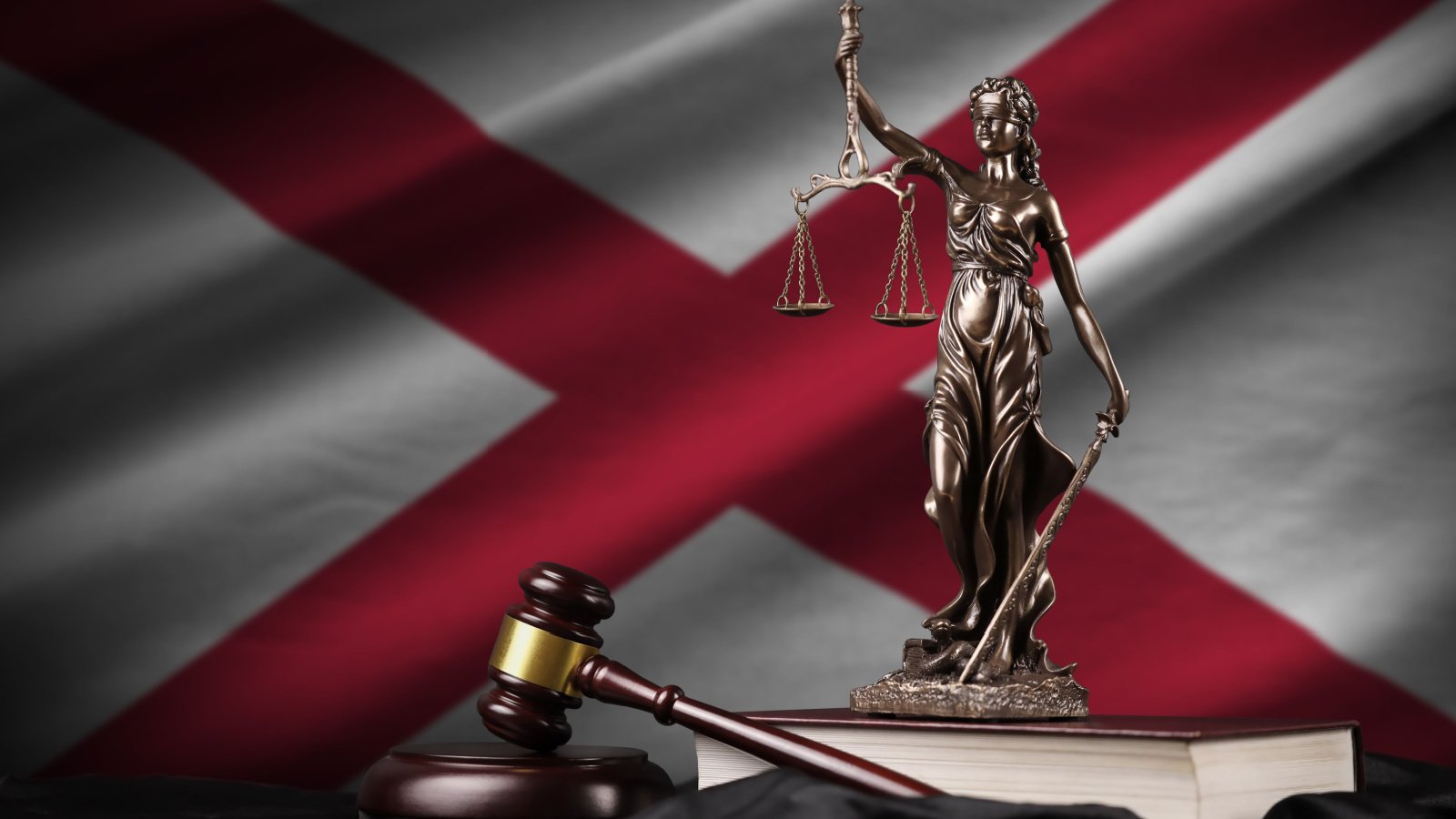
The ruling that frozen embryos now qualify as children was part of a wrongful death case initiated by several in-vitro fertilization (IVF) patients whose embryos were accidentally destroyed. The Alabama Supreme Court concluded that “the Wrongful Death of a Minor Act applies to all unborn children, regardless of their location.”
Seven Out of Eight Justices Believe Frozen Embryos Qualify as Children Under State Law

Alabama Justice Jay Mitchell authored the majority opinion with the support of eight out of the nine justices. Justice Greg Cook provided the sole dissent, expressing his belief that it was not the court’s place to extend the scope of an 1872 statute to encompass frozen embryos without explicit legislative action.
Without Clear Legislative Action, Unelected Justices Become Arbiters of Morality
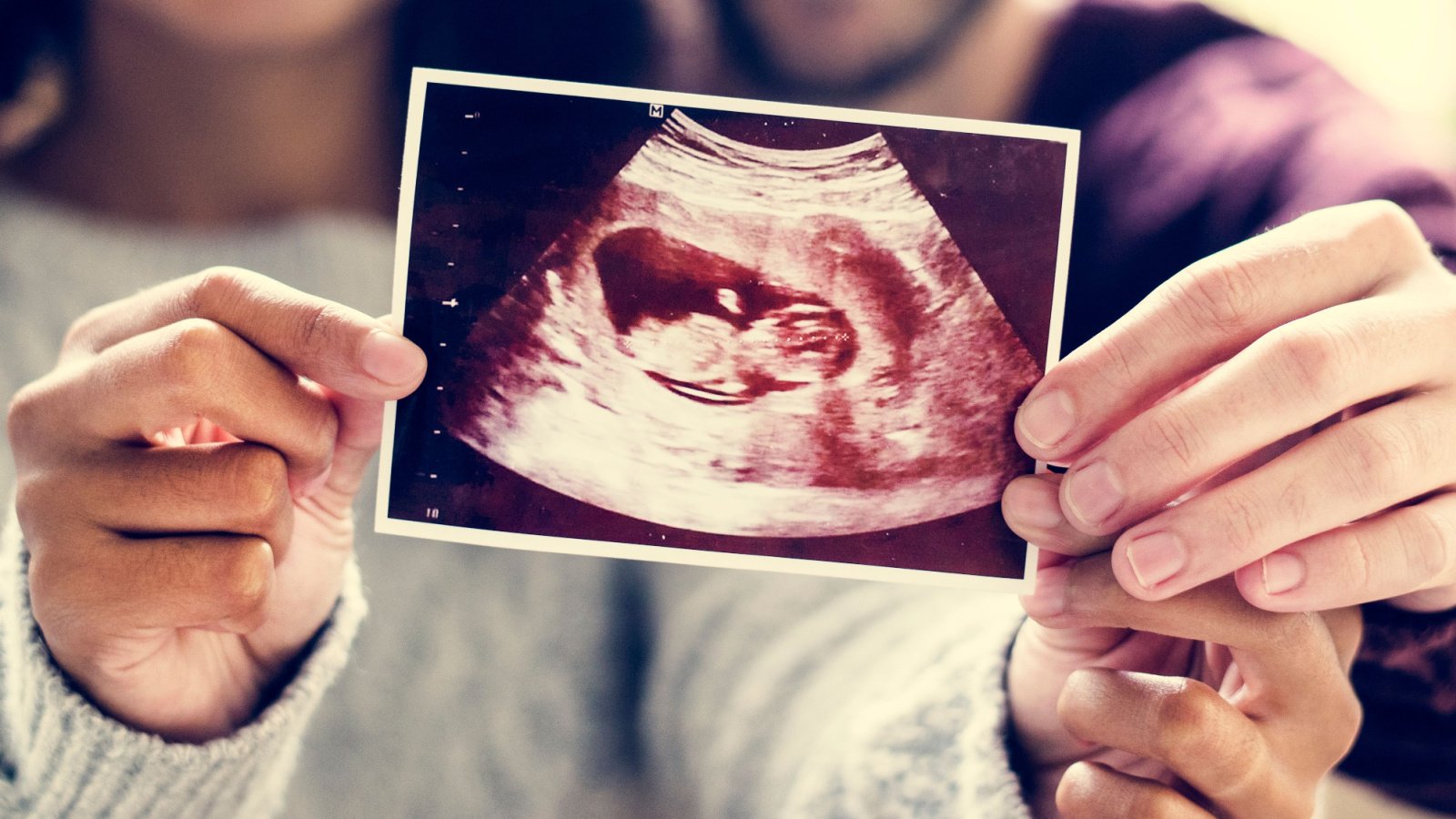
Absent legislative action, the courts often fill in as the arbiter of moral questions regarding when personhood begins. This is problematic as a patchwork of incongruent state laws causes regulatory confusion and bitter strife between differing activist camps.
Frozen Embryo Status Compared to Unborn Embryo in the Womb

If a frozen embryo outside the womb is considered a child under Alabama law, would not an equally developed (or undeveloped) embryo in the womb also be considered a child worthy of protection under state laws? This is the question that legislators must deal with in the wake of the Alabama ruling.
Parties to Lawsuit Accused Center of Wrongful Death of Minors

Following the incident, the affected parties pursued legal action against the Center for Reproductive Medicine, accusing the establishment of breaching the Alabama Wrongful Death of a Minor Act, which is inclusive of unborn children.
Damages for Negligence to Minors

The affected IVF patients also raised allegations of negligence against the clinic, seeking monetary damages. These negligence claims were contingent upon the Alabama Supreme Court’s determination of whether frozen embryos are considered children.
Prior Cases Deemed Frozen Embryos Do Not Meet Legal Definition of Child or Person

The initial dismissal of these lawsuits by a lower court was based on the interpretation that a frozen embryo does not meet the legal definition of a ‘person’ or ‘child,’ thereby rejecting the plaintiffs’ request for compensatory damages for the loss of life and emotional distress. This stance was rooted in Alabama’s established legal precedents.
Alabama Supreme Court Ruled Legislation Does Cover All Unborn Children

The Alabama Supreme Court’s ruling clarified that the legislation in question does indeed cover all unborn children without specifying the necessity for the child to be in utero. The court dismissed the defense’s argument for an implicit exemption for embryos not located within a biological uterus at the time of their destruction.
Implications of Ruling for Artificial Reproductive Technology Industry

The defense cautioned that recognizing frozen embryos as children could have significant implications, potentially leading to increased costs and challenges in IVF practices. Nonetheless, the court maintained that such policy debates are matters for the legislative branch, not the judiciary.
Implications for Abortion Debate
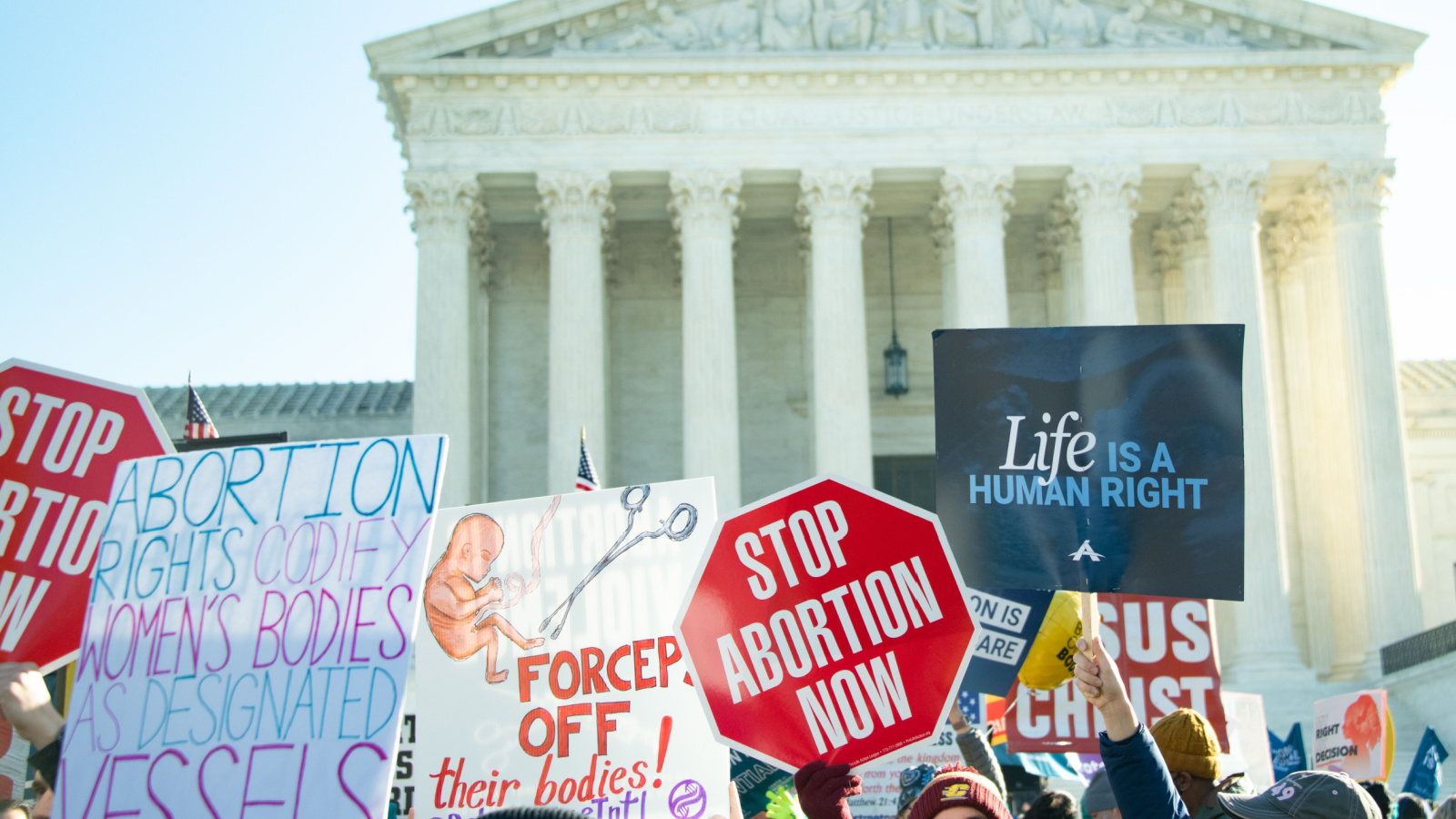
The question of the treatment of frozen embryos as children under the law leads directly to the treatment of unborn embryos in utero. It will be informative for all interested in the reproductive rights of women and the right to life of children to watch the course of this case as it will surely garner future actions at the state and national levels.
Difficult to Obtain Statistics and Figures on Numbers of Frozen Embryos in U.S.

It is difficult to obtain an exact count of frozen embryos stored in the United States since it is a relatively unregulated industry. However, if states widely account for frozen embryos as children and individuals, regulation of the industry will certainly increase to require more uniform and accountable records of the number of embryos being stored.
Hundreds of Thousands or More Frozen Embryos in U.S. May Now Have Rights as Minors
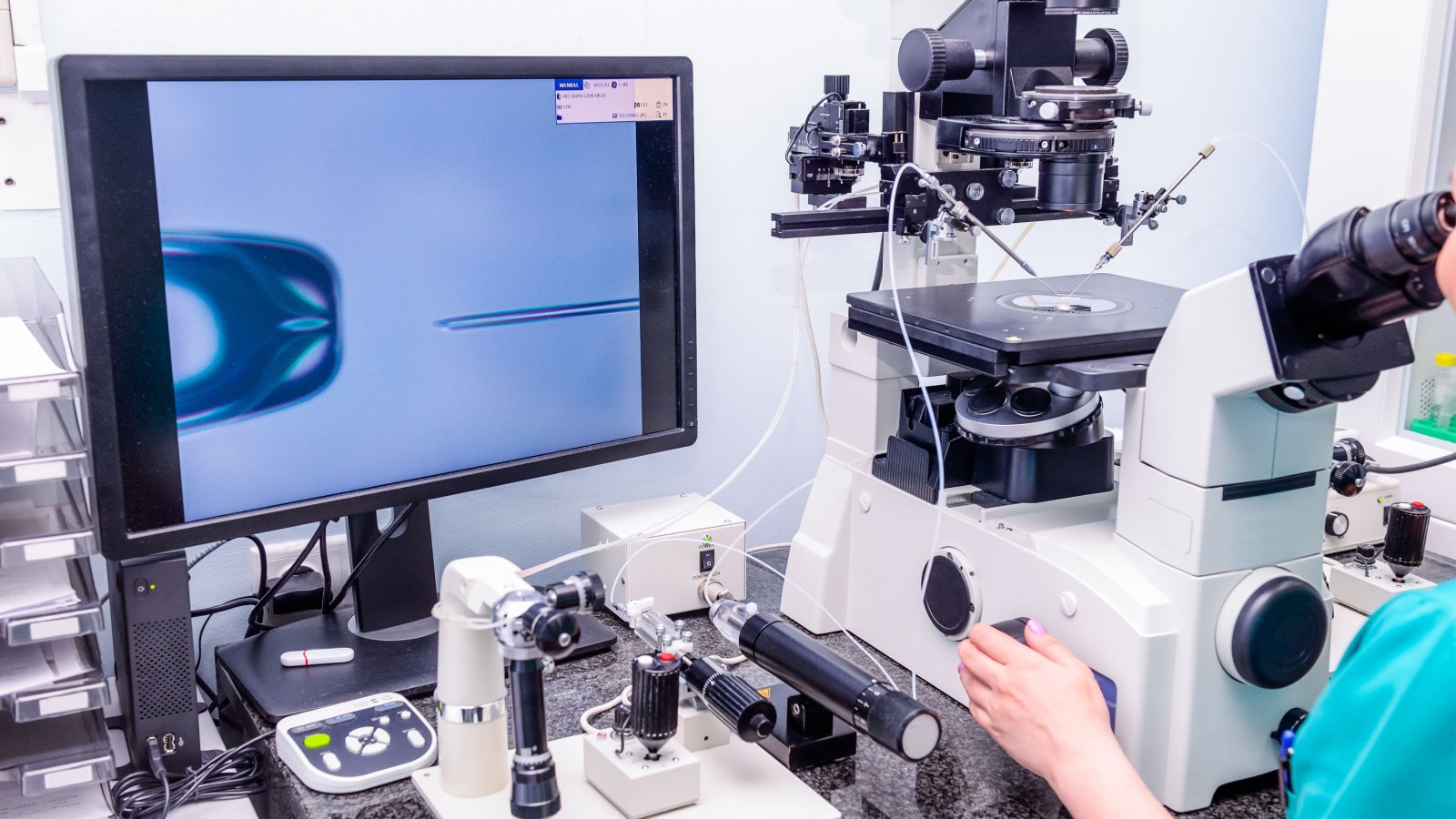
Estimates from various studies and reports have suggested that the number of frozen embryos in the U.S. could be in the hundreds of thousands or more, reflecting the accumulation over several decades of IVF treatments. These embryos are stored for future use by individuals and couples undergoing fertility treatments, donated for research, kept for potential donation to other individuals or couples, or, in some cases, indefinitely stored without a determined use. There have been notable custody battles over frozen embryos as well.







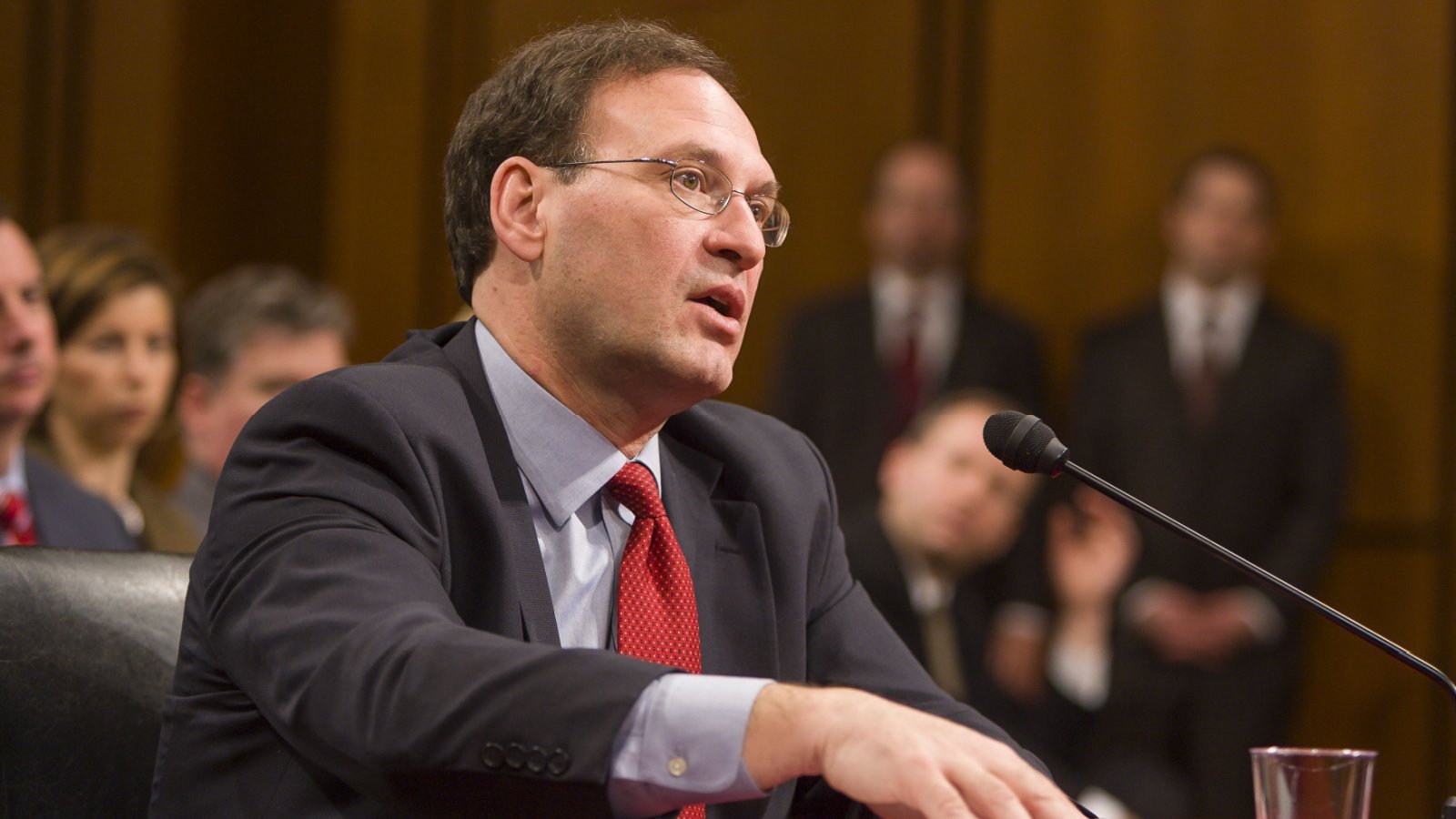

好文!2026年世界杯越来越近了,让我们共同期待这场全球足球盛宴。日期:2025-11-12 09:40:28 (-03)。